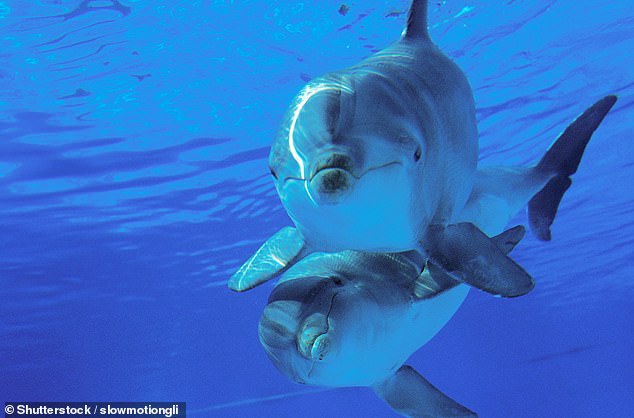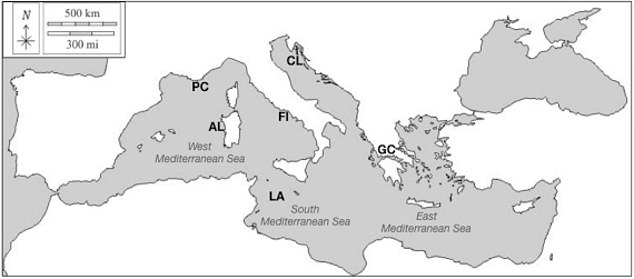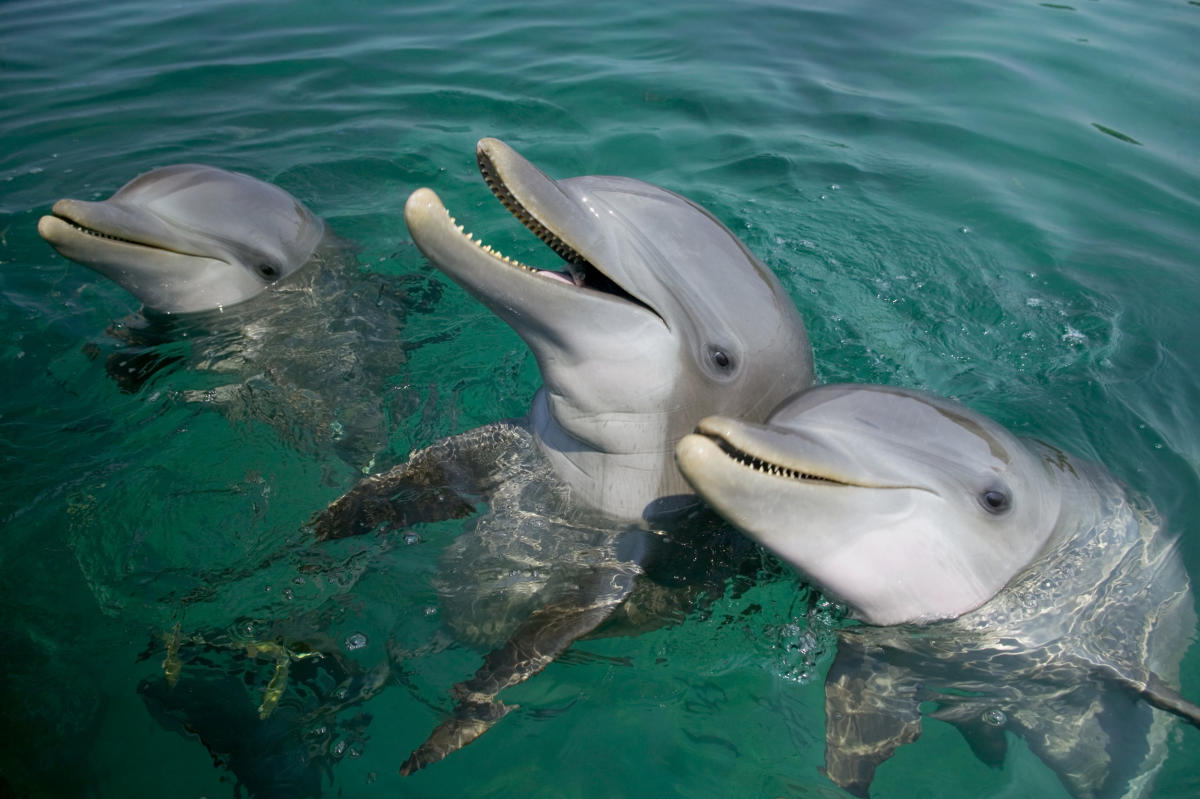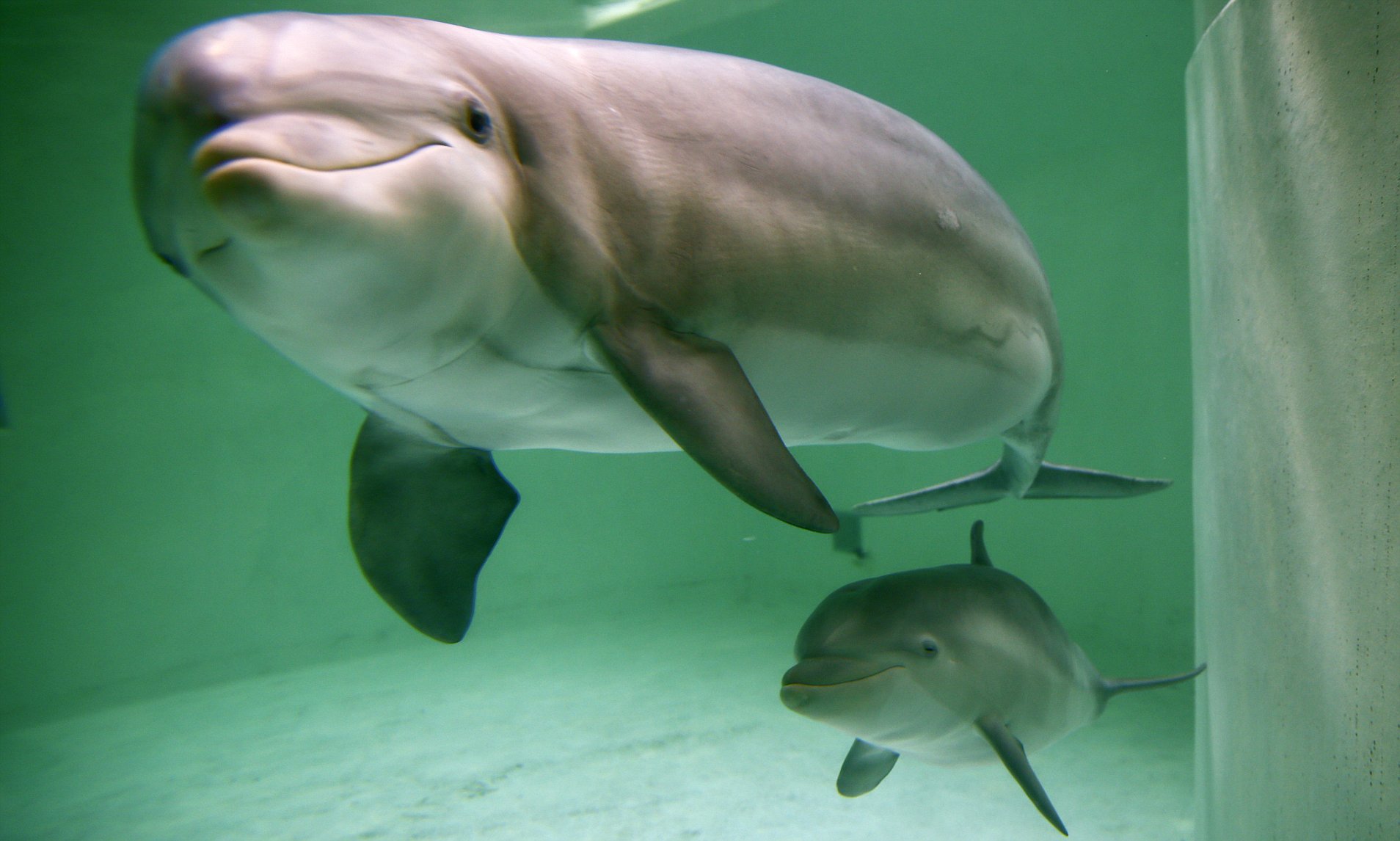
Bottlenose dolphins, known for their intricate social interactions, possess unique signature whistles used for identification purposes. However, this new research has found that the acoustic attributes of these whistles are significantly shaped by the dolphins’ local habitat and community, much more than their genetics.

While it was previously understood that different dolphin groups cultivate distinct signature whistle styles akin to names, the underlying factors behind these variations remained a mystery.
Led by Gabriella La Manna and her team at the University of Sassari in Italy, the study delved into the whistling habits of common bottlenose dolphins (Tursiops truncatus) across six geographically separate populations in the Mediterranean Sea.

The research sites included locations such as Port Cros in the French Riviera, Alghero in the Sardinian Sea, Ostia-Fiumicino in the Tyrrhenian Sea, Cres-Losinj in the Adriatic Sea, Gulf of Corinth in the Ionian Sea, and Lambedusa in the Strait of Sicily.
Over 188 hours of recorded dolphin vocalizations were meticulously analyzed, examining variations in acoustic characteristics like pitch changes and duration. This meticulous examination led to the identification of 168 distinctive signature whistles.

The findings revealed that local ocean environments and population sizes had the most pronounced impact on the tone of the whistles. For instance, signature whistles in areas with sea grass, such as Lambedusa and Port Cros, were higher in pitch and shorter in length, compared to when the sea bottom was muddy. Furthermore, smaller populations, like those in the Gulf of Corinth, exhibited more pitch changes in their identifying calls than larger populations.
Surprisingly, while genetic variation between eastern and western dolphin populations exists, this distinction did not affect the whistles.

Gabriella La Manna’s research indicates that bottlenose dolphins tailor their signature whistles to suit their local habitat, suggesting an ‘acoustic adaptation hypothesis’.
Reflecting on the study’s implications, La Manna stated, “Given how quickly human activities are changing the oceans, it is important to understand the environmental and socio-behavioral factors that allow animals to adapt to their environment. I would like people to reflect on the importance of the acoustic environment in which dolphins live for the development and maintenance of their communication.”
As human activities continue to impact marine ecosystems, this study underscores the critical nature of preserving the acoustic environments that play a fundamental role in dolphins’ lives. The research, offering insight into the intricate world of dolphin communication, was published in the journal Scientific Reports.



